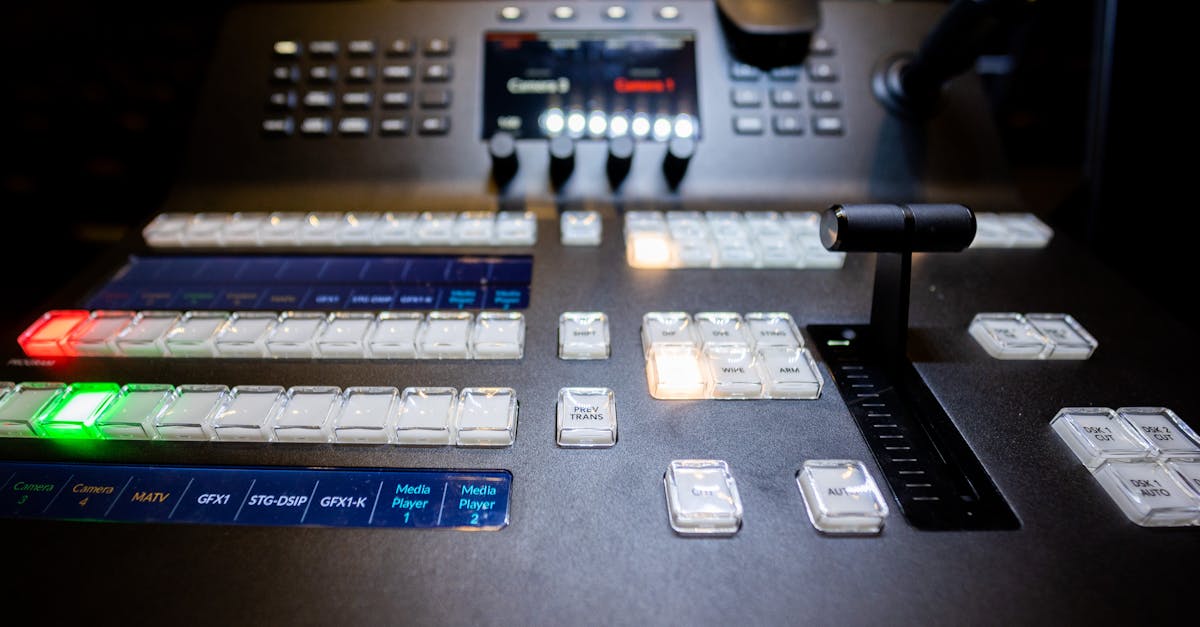Are you ready to take your hydroponic system to the next level? In this text, we jump into the world of automatic pH controllers for hydroponics.
We’ll investigate how these innovative devices can revolutionize your growing experience by maintaining optimal pH levels with precision and ease.
Join us as we scrutinize the benefits, features, and important tips for using an automatic pH controller in your hydroponic setup.
Let’s harness technology to unlock the full potential of your plants and maximize your yields.
Key Takeaways
- Maintaining optimal pH levels: Key for nutrient absorption and plant growth in hydroponic systems.
- Automatic pH controllers: Provide precision and consistency in pH regulation, simplifying the process.
- Benefits of using automatic pH controllers: Ensure consistent pH levels, save time, reduce human error, and promote optimal plant growth.
- Features to consider: Accuracy, reliability, user-friendly interface, and compatibility when choosing an automatic pH controller.
- Tips for using automatic pH controllers: Regular calibration, proper maintenance of pH probes, and monitoring pH levels for healthy plant growth.

Understanding the Importance of pH Levels in Hydroponics
In hydroponic systems, pH levels play a required role in ensuring optimal nutrient absorption for plants to thrive. pH measures the acidity or alkalinity of the nutrient solution, with ideal levels typically ranging between 5.5 and 6.5. Maintaining the correct pH is critical as it affects nutrient availability, plant growth, and and so health. Imbalances can lead to deficiencies or toxicities, impacting yields.
Monitoring and adjusting pH manually can be time-consuming and prone to errors. This is where automatic pH controllers make a significant difference. These devices continuously measure and regulate pH levels, providing consistency and precision. By investing in an automatic pH controller, we can simplify the process and ensure a stable environment for our plants to thrive.
For more information on pH management in hydroponics, check out this detailed guide on Maintaining pH Levels in Hydroponic Systems.
How Automatic pH Controllers Work
When it comes to automatic pH controllers for hydroponics, they work by continuously monitoring the pH levels in the nutrient solution of your hydroponic system. These devices are equipped with sensors that detect any fluctuations in pH.
Once the pH deviates from the optimal range, the controller activates a pH adjustment system, such as adding pH up or down solutions to the reservoir. This automated process helps maintain a stable pH level, ensuring that your plants receive the right nutrients at all times.
Our blog post explains in more detail how these controllers operate: Automatic pH Controllers Explained.
If you’re looking to study deeper into the world of hydroponic pH management, our article on Advanced pH Control Techniques provides additional insights.
Automating pH control in hydroponics can save you time and effort, allowing you to focus on other aspects of plant cultivation.

Benefits of Using an Automatic pH Controller
When it comes to hydroponic systems, automatic pH controllers offer a range of benefits that can make a real difference in plant growth. Here are a few key advantages:
- Consistent pH Levels: Automatic pH controllers keep pH levels stable, ensuring plants get the right nutrients they need.
- Time-Saving: By automating pH control, we free up time to focus on other important tasks in plant cultivation.
- Reduced Human Error: These devices minimize the risk of human error in pH management.
- Optimal Plant Growth: Maintaining optimal pH levels leads to healthier plants and better yields.
Using an automatic pH controller in hydroponics can truly streamline the cultivation process and enhance and so plant health.
For more information on the benefits of automatic pH controllers, visit Hydroponic Society.
Features to Look for in an Automatic pH Controller
When choosing an automatic pH controller for your hydroponic system, there are key features to consider ensuring optimal performance and ease of use:
- Accuracy: Look for a controller with precise pH monitoring to maintain stable levels.
- Reliability: Ensure the controller has a reputation for consistency and durability.
- User-Friendly Interface: Opt for models with intuitive controls for easy customization.
- Compatibility: Check compatibility with your hydroponic system to avoid complications.
- To learn more about the importance of accuracy in pH controllers, visit Hydroponic Journal.
- For tips on selecting a reliable automatic pH controller, see Grower’s Gazette.

Tips for Using an Automatic pH Controller in Hydroponics
When using an automatic pH controller in hydroponics, regular calibration is key to ensure accurate pH readings. Calibrate your pH controller at least once a month or as advised by the manufacturer. It’s also important to check and adjust the pH levels of your nutrient solution regularly to maintain optimal conditions for your plants.
Another tip is to clean and maintain your pH probe properly to avoid any buildup or contamination that could affect its accuracy. Replace the pH probe when needed to ensure precise readings and efficient operation of your automatic pH controller.
For more in-depth tips on maintaining pH levels in hydroponics, you can visit Hydroponic pH Maintenance Guide for additional insights on best practices. Consistent pH levels are important for healthy plant growth, so staying on top of maintenance tasks is critical for success in your hydroponic system.
